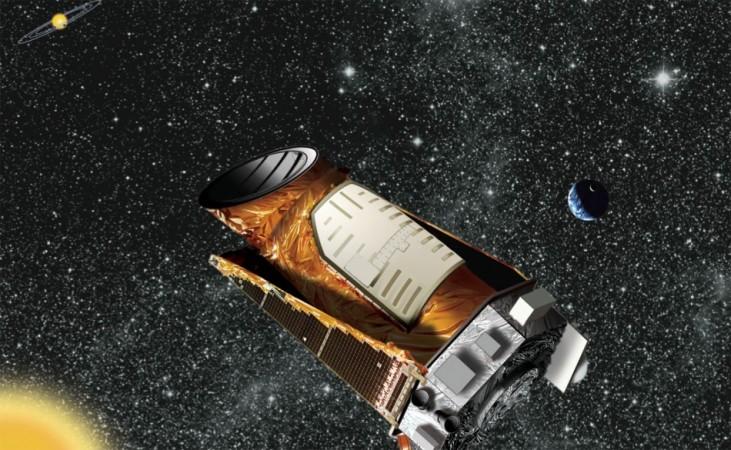
Nasa's premier telescope Kepler dedicated to seeking Earth like planets in and around habitable zones has faced a major technical glitch causing it to stop its operation temporarily.
Scientists found the telescope in safe mode, on investigation that one of the reaction wheels was found broken.
This is the second wheel to be at fault after the first wheel went off in July 2012.
"We need three wheels in service to give us the pointing precision that is necessary to find planets," said Kepler lead scientist William Borucki, to reporters on Wednesday.
Chances are that the telescope is on its way to termination but John Grunsfield, NASA associate administrator said at news conference, "I wouldn't call Kepler down and out yet."
Nasa's Kepler mission has been very fruitful. Ever since its launch in 2009, the telescope has till date discovered 132 new planets revolving different stars. It has lined up a list of 2,700 more planets awaiting official confirmation.
It has discovered close to 230 Earth sized planets and 820 planets twice as big as our world.
The mission at the cost of $600 million was designed to operate for four years but was later extended to 2016 only last year owing to its billowing success rate.
Speaking on the debacle Charles Sobeck, deputy project manager at Ames Research Center, told Discovery News, "People are definitely saddened by the loss of another reaction wheel. It certainly is not good news for the mission, which has been performing so well and had so much promise for doing even better."
Engineers trying to reconstruct the Kepler are gauging possibilities of putting the telescope to use for other astronomical studies since it still has a good amount of fuel left in it.










